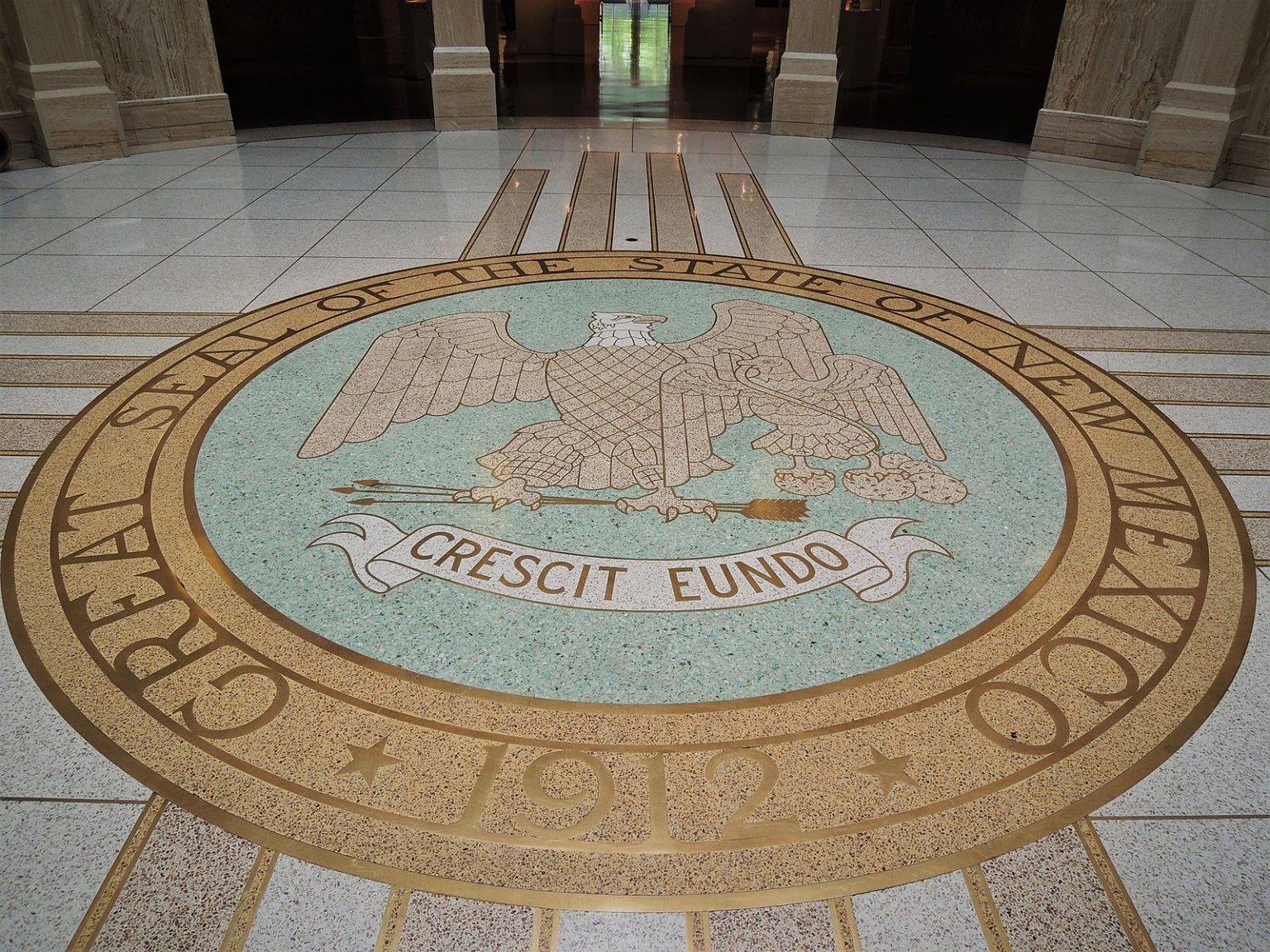There are three constitutional amendment proposals New Mexico voters get to decide on during this year’s midterm elections.
Constitutional Amendment 1 asks voters if they are for or against amending Article 12, Section 7 of the state constitution to provide additional annual distributions of the Permanent School Fund for enhanced instruction for students at risk of failure, extending the school year, teacher compensation and early childhood education.
The New Mexico Legislative Council Service provides a summary of and arguments for and against the amendments, made available in an online .pdf document. The following is a snapshot of the summary and arguments for and against Constitutional Amendment 1.
Summary
If passed, amendment 1 would allow for additional distributions of the land grant permanent funds in the amount of 1.25% of the average of the year-end market value of the Permanent School Fund for the next five calendar years. Forty percent of the additional 1.25% distributions would go to public schools for enhanced instruction for at-risk students, extending the school year and teacher compensation. The other 60% would go to early childhood education.
According to the New Mexico Legislative Council, the Land Grant Permanent Fund is valued at $21.6 billion. For fiscal year 2023 it is estimated the additional 1.25% of distributions from this fund will amount to approximately $211.5 million. Sixty percent of that, or $126.9 million, would go to early childhood education and the other 40%, about $84.6 million, would go to public education.
Pros
One argument in favor of the amendment states that the additional early childhood funding will help close the $505 million gap needed by 2026 to provide universal access to early childhood services, as presented by the Early Childhood Education and Care Department.
Another argument in favor of the amendment says research shows that additional funding for early childhood education has improved long-term student outcomes, including increased high school graduation rates, higher test scores and a reduction in chronic absenteeism.
A third argument in favor of the amendment states that additional early childhood education funding leads to students “earning higher lifetime wages and paying higher taxes, as well as savings resulting from lower crime and social program spending.” It is argued that the state receives a return on its investment in early childhood education over the long term.
Cons
One of the arguments against the amendment says the Early Childhood Education and Care Fund already provides the money needed for early childhood services. It is argued that additional distributions from the Land Grant Permanent Fund will lead to a reduction in future distributions to existing beneficiaries of the fund. The Legislative Finance Committee estimates that the Early Childhood Education and Care Fund will provide three-fourths of the $505 million needed for early childhood services by 2026.
Another argument against the amendment is that it will lead to diminishing distributions from the Land Grant Permanent Fund. The argument says that if more money is distributed now, less money will be available to invest, and the fund will grow at a lower rate over time. By 2040 the distributions could be lower because of the slower growing fund than if the current distribution rates are maintained. Also at issue is the law prohibits money from the Land Grant Permanent Fund to be used for private schools or programs, including private contractors used by the state for early childhood services.
Lastly, it is argued the additional distributions do not guarantee extra funding for at-risk students, added school days, teacher compensation or early childhood education because the legislature can reduce money from other funding sources it currently uses for those purposes. There is nothing currently written in state law that would prevent the legislature from reducing the money from other sources used for these purposes.


